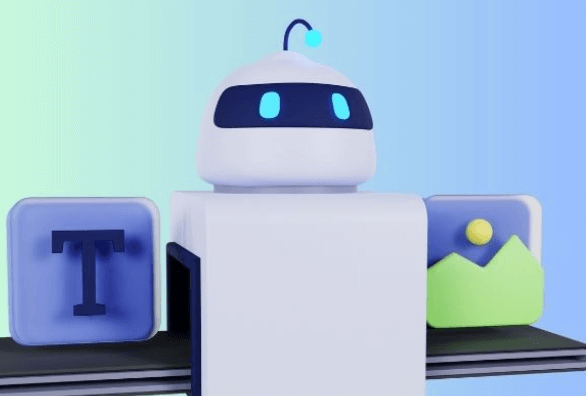Exploring the Creative Possibilities of Text-to-Image AI

Text-to-image AI represents a significant advancement in the intersection of technology and creativity. By converting textual prompts into striking visuals, this innovation challenges traditional artistic boundaries. It prompts a reevaluation of the creative process, inviting artists to collaborate with machines in novel ways. This evolving dynamic raises questions about authorship and the very nature of creativity itself. What implications does this hold for the future of art and storytelling?
The Technology Behind Text-to-Image AI
Text-to-image AI harnesses complex algorithms to transform textual descriptions into vivid visual representations. This technology exemplifies algorithmic creativity, enabling unique image generation that transcends traditional artistic boundaries.
Transforming Artistic Practices
As artists embrace new technologies, the integration of AI tools into the creative process is reshaping traditional artistic practices.
This fusion catalyzes artistic innovation, expanding the boundaries of visual storytelling. Creators now harness AI to explore uncharted territories, merging human intuition with algorithmic precision.
The result is a dynamic landscape where imagination flourishes, allowing diverse narratives to emerge and resonate in unprecedented ways.
See also: How AI Is Improving the Efficiency of Video Content Moderation
Fostering Collaboration Across Disciplines
While technological advancements often create silos within disciplines, the rise of text-to-image AI encourages an unprecedented level of collaboration among artists, technologists, and scientists.
This innovative tool fosters dynamic interdisciplinary projects, igniting creative partnerships that transcend traditional boundaries.
Rethinking Authorship in the Digital Age
The collaborative nature fostered by text-to-image AI raises compelling questions about authorship in a digital landscape increasingly defined by shared creation.
As creators navigate the complexities of digital ownership, the lines between individual and collective expression blur.
This evolution prompts a reexamination of creative attribution, challenging traditional notions and inviting a more inclusive understanding of creativity in the age of AI-generated art.
Conclusion
In conclusion, the captivating convergence of creativity and technology through text-to-image AI cultivates a cornucopia of artistic avenues. As artists and storytellers navigate this novel landscape, they forge fresh frameworks for collaboration and inspiration. This dynamic dialogue between human imagination and machine mastery not only redefines traditional roles but also invites a renaissance of visual storytelling. Embracing this evolution, the creative community can unlock unprecedented potential, painting profound possibilities for the future of art.




